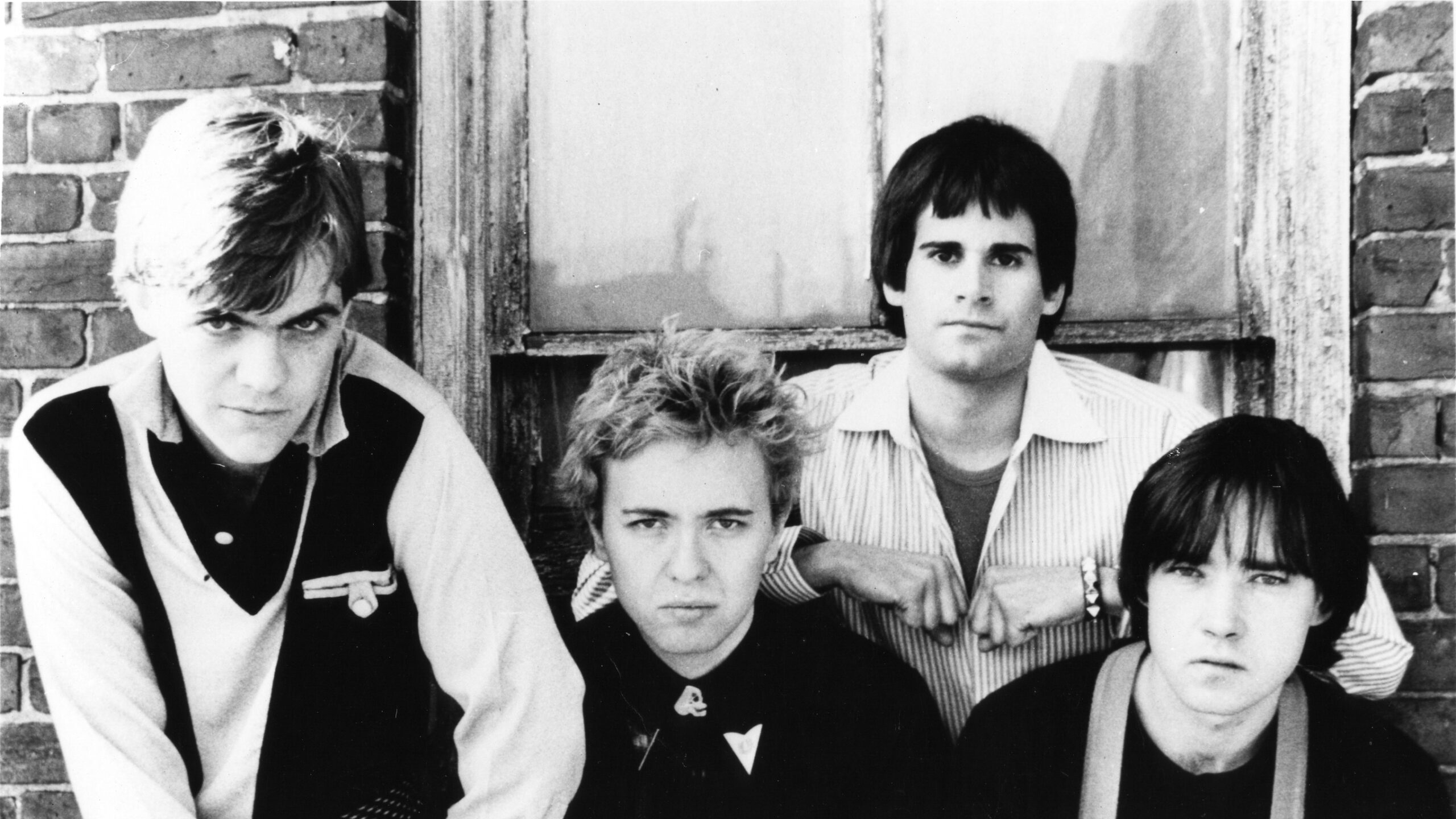Ralph Alfonso was a bored young journalist looking for something in 1976, and he found it as the lead singer of Toronto band The Diodes.
“I had this huge four-hour interview with the frontman Paul Robinson and at the end of it, he had somehow turned it around so that I was now their manager,” Alfonso said.
It was all part of a new musical disease, in all of its filth and fury sweeping youth in Toronto, a devilish new sound that was everything the establishment — including rock and roll — wasn’t. It was loud, inclusive, left-leaning, and even proud.
It was the kind of music the newspapers raved against and parents banished.
“There was a magic moment in ‘77 for all the outsiders in the city to form around this movement, It had no name in the beginning, it was all inclusive,” Alfonso said. “Punks sat on the outskirts of society, eventually it closed off, but for that time it was really open.”
Alfonso, who now runs the BBAM! Gallery in Montreal, said the original Toronto punk scene had two factions that had differing definitions of what it meant.
“In the Toronto scene, the original people were from an artistic crowd. And usually, artists are also musicians. In a funny kind of way,” Alfonso said. “Then you’ve got this other gang of people who see the nihilism aspect of punk, kind of troublemaker types. Sometimes, that didn’t mix well.”
There was one night this clash tipped over to dangerous territory.
The torn flesh and blood of a punk painted the walls of the Crash n’ Burn, Toronto’s first punk club. It was formed by The Diodes in the basement of their rehearsal space in the Centre for Experimental Art and Communication Building on Duncan Street.
Alfonso was in charge of running it.
“It was a nasty fight. I heard all the noises and came to see what was going on, there was a big mess of blood, we tried to clean it up but I guess we didn’t do a great job,” he said.
“The problem was while we were in the basement, the art people were on the top floor, but in the middle floor was the Liberal Party of Ontario,” Alfonso said. “When they came Monday morning I guess we missed some blood as we were closed down shortly after.”
Strumming the strings of his first guitar at 14, learning Apricot Brandy by Rhinoceros and attending T. Rex concerts with his trusty camera was John Catto, guitarist of The Diodes.
“I was the last one anyone ever thought would end up being in a band,” he told Humber News.
Catto never expected to be a musician as he was studying painting and illustration at Ontario College of Art and Design (OCAD). That all changed in 1976.
“I went along to a friend’s rehearsal and there was a guy sitting there and I get talking to him. One thing lead to another and I borrowed his guitar and played,” Catto said.
“As I was leaving he chases me down the street, and goes we’ve got to put a band together,” he said.
The guy was Paul Robinson, frontman of The Diodes and along with Catto and two other OCA students, they’d change the Toronto punk scene forever. In the summer of 1977 the band signed with Columbia Records and released their self-titled first album in October of the same year.
Even though the band had found success with the single “Tired of Waking Up Tired” there was a quiet tension between them and parts of the Toronto punk scene.
“The Toronto scene was very punchy,” Catto said. “We were getting a bit of pushback from a lot of bands since we were running the Crash n’ Burn. I think a lot of them were expecting us to put them on.”
Looking back at the golden era of punk, Catto recalls New York, Toronto and London as the famous triangle of punk.
Dave Bidini, meanwhile, grew up in Etobicoke, and his band Rheostatistics, although not a punk band, is an influential part of Canadian indie rock since their formation in 1978. Bidini recalls the days of looking unto the punk scene in Toronto and both feeling intimidated and inspired.
“The punk scene was very mature,” Bidini said. “There was very little room for suburban bands and their skinny ties, white shirts and Converses.”
Bidini admits the rebellious spirit of the punk kids of the city was a heavy clash with the establishment at the time.
“I knew punk kids that would get beat up on Bloor and Yonge Streets after their gigs,” Bidini said. “People would wait for them and attack them.
“Canadians and Torontonians couldn’t stand anything that was challenging the status quo,” he said. “You really had to risk your skin to play that kind of music.”
As suburban kids, Bidini and his band really couldn’t connect with the punks of the time, including The Viletones and The Dishes, who they saw as a representation of a lifestyle they didn’t know.
“They looked at us kind of sideways for good reason,” said Bidini, who is now publisher of the West End Phoenix newspaper. “I mean they were really struggling to make it work, it was a tough road for them.
“It was really brave what those guys were doing, it really was,” he said.

